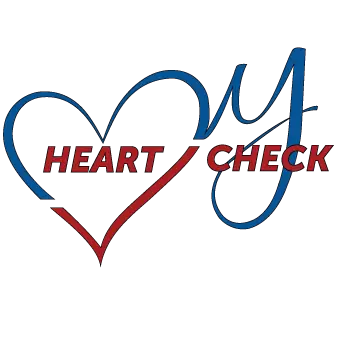Despite having been around for years, AED’s are still a relatively unkown technology – especially amongst the general public. This is a true tragedy as the technology has the power to save 1,000’s of lives, but it requires a level of awareness and adoption in order to truly have the impact it can.
To help grow this awareness and enhance knowledge around AEDs, we’ll be taking a look at some important aspects of AEDs and the EMS world in a few of our posts over the coming months. Whether you’re part of the general public, part of a small business, or a member of an HR or facilities management department, we hope these articles will help you make understand and make more informed decisions around AED usage, location, prioritization and purchases in the future.
To get started, let’s take a look at Sudden Cardiac Arrest and the role AED unites play in treatment.
A look at SCA – SCA Defined
Sudden Cardiac Arrest is defined as a sudden, unexpected pulse-less condition brought about by ventricular fibrillation (VF), an abnormality in the heart’s electrical system. When SCA happens, blood stops flowing to the heart, brain, and the rest of the body. The victim becomes unconscious and collapses. At this point, the person is clinically dead, and will remain that way unless immediate intervention is provided.
If a victim of SCA receives immediate CPR, and can be treated quickly with a defibrillator, their chances for survival increase dramatically. Ideally this treatment must be provided within 3 to 5 minutes to be effective. The best response times for emergency medical services is well outside this window of opportunity. To have the best chance for survival, prompt treatment from bystanders is critical. As a result, it’s crucial for laypersons to learn CPR and how to use an Automated External Defibrillator (AED).
SCA – A Serious Threat
Each year, approximately 325,000-425,000 (figures vary based on sources) people of all ages are victims of Sudden Cardiac Arrest (SCA). Tragically, 9 out of 10 of these victims die. The truth is, SCA is a major threat as the number of people that die each year from SCA is roughly equivalent to the number of people who die from the all of the following combined:
- Lung Cancer
- Breast Cancer
- HIV/Aids
Enter the AED
An AED is a portable, user-friendly, electronic device that can diagnose a potentially life-threatening heart rhythm, such as VF. When the AED detects a treatable rhythm, it will allow for an electrical shock to be delivered across the patients heart, in essence, resetting the heart’s electrical system and restoring a normal heart rhythm.
AEDs are designed to be used by laypersons. AEDs provide simple, easy-to-follow step by step instructions, using both audio and visual indicators. With some AEDs, the rescuer will be prompted to push a button, if a shock is advised. Others will deliver the shock automatically.
AEDs are also designed to operate in a safe and logical manner. It will only power up to shock if a treatable heart rhythm is detected. When the AED has determined there is a shockable rhythm, it will announce “shock advised, do not touch the patient.” If the AED does not find a treatable rhythm, it will not power up and will advise the rescuer to continue with CPR. There is no way the rescuer could inadvertently injure themselves or others, as long as the AED is used properly, in the manner directed by the verbal instructions given by the AED.
Who Can AEDs Be Used On?
AEDs are recommended for use on adults and children age 8 or above, 55 pounds or more. AEDs can also be used to treat patients 8 years and younger, less than 55 pounds. For pediatric patients, AED manufactures have electrodes or pediatric keys, designed specifically for younger patients that meet the same criteria as unresponsive, no pulse, no breathing. When the pediatric pads are plugged in (or the pediatric key is inserted), the AED is programmed determine if the pediatric patient has a treatable heart rhythm and to then deliver a reduced energy shock.
The majority of state and local jurisdictions throughout the USA offer some sort of legal liability protection for users of AEDs. Usually, these protections are afforded by the Good Samaritan statutes. These statutes postulate that when AEDs are used in a reasonable, rational manner, the user shall be protected against liability litigation. These protections do not cover willful or wanton misconduct or gross negligence.
In our next installment we will discuss the many differences between AEDs. They all operate in the same basic manner: Turn on the AED, let it analyze the patient, deliver the treatment, if advised to do so. However, there are many different manufacturers, with many different AEDs. Depending on your specific environment, or your own personal preferences, there is an AED that will suit your needs.
This Article has been developed by Annuvia as a guest for ATS. For more information regarding your local and state AED laws and/or regulations, please contact Annuvia at 866-364-7940, or visit their website at: http://www.annuvia.com/.
